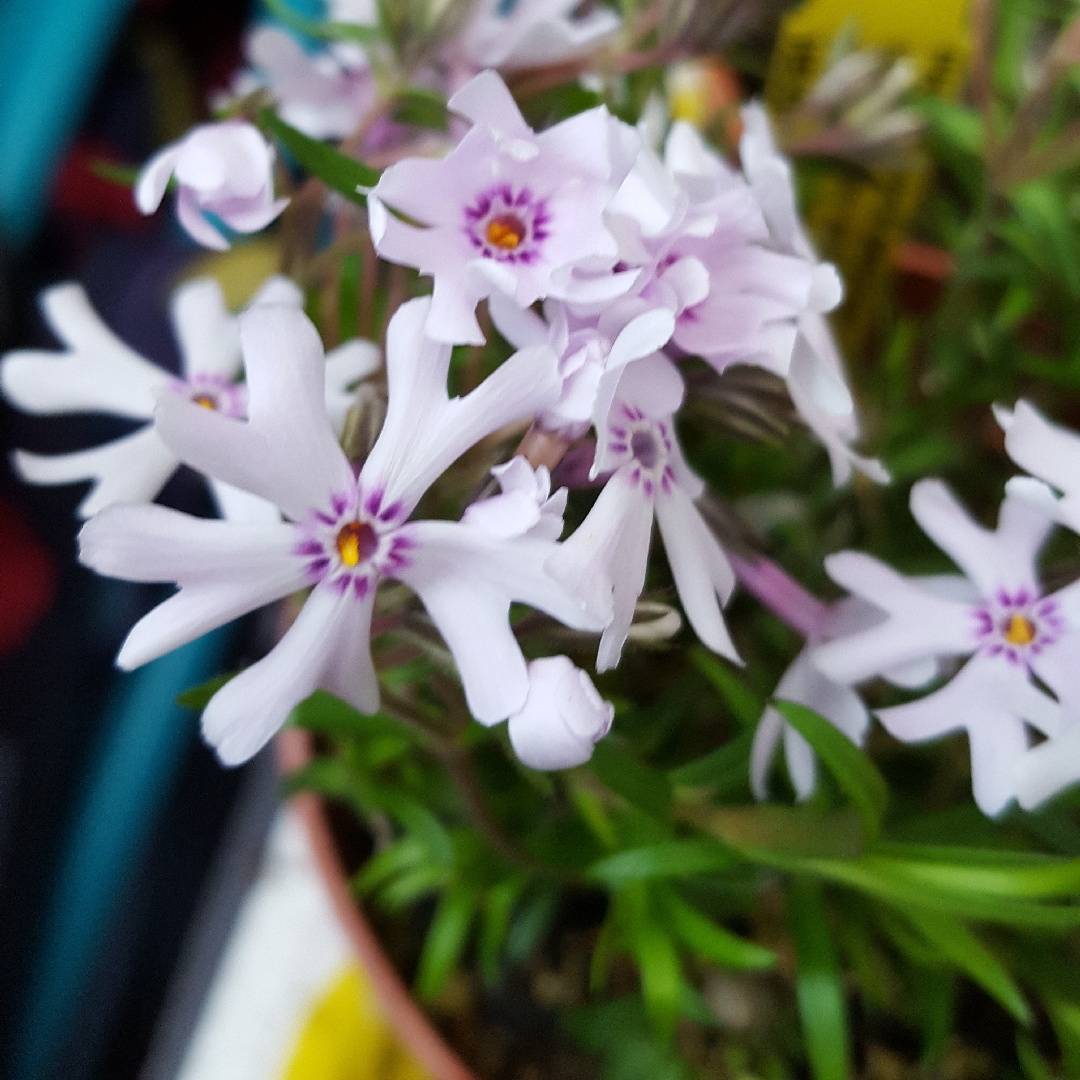
Phlox Bifida 'Petticoat'
Sand Phlox 'Petticoat'
Phlox Bifida 'Petticoat', commonly called Sand Phlox, has a mass of pale pink flowers. It creates a mat of deciduous leaves in Spring, and makes a very good edging plant or plant for the rock-garden.
Contributed by @lydiastirling
-
Full sun
-
Very little water
-
Full Frost Hardy: 5F (-15°C)
-
Light and free draining
Common name
Sand Phlox 'Petticoat'
Latin name
Phlox Bifida 'Petticoat'
type
Herbaceous Perennials
family
Polemoniaceae
ph
5.6 - 7.8 Acid - Neutral
Plant & bloom calendar
-
Best time to plant
full grown dimensions
 0.30 M
0.10 M
0.30 M
0.10 M
Phlox Bifida 'Petticoat'
Phlox Bifida 'Petticoat', commonly called Sand Phlox, has a mass of pale pink flowers. It creates a mat of deciduous leaves in Spring, and makes a very good edging plant or plant for the rock-garden.
Plant container plants
From Early Spring TO Mid Spring
Plant container plants in a sunny position. It prefers dry, sandy conditions and is suitable for rockery or wall planting.
Propagation by Root cutting
From Early Spring TO Early Spring
Carefully lift the plant out of the ground, do not to damage its roots. Rinse the roots in water to remove all soil. With a sharp knife, take off 5cm lengths of pencil thin roots. Fill pots with compost to which grit has been added, lay the cuttings, spaced out, on top. Cover with a thin layer of compost. Water well, label pots and place in a in a cold frame or somewhere cool indoors. Replant the parent plant.
Propagation by Division
From Mid Autumn TO Mid Autumn
Using a fork dig up the plant, try to keep the root ball as complete as possible. Split the root ball at the centre with a sharp knife or a spade. Replant the plants to the same depth as the original and keep well watered until established.








